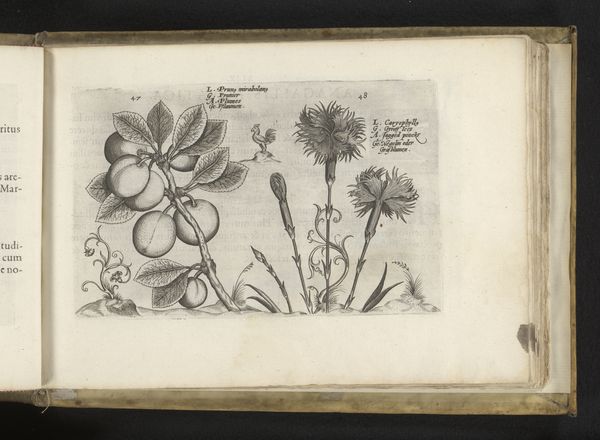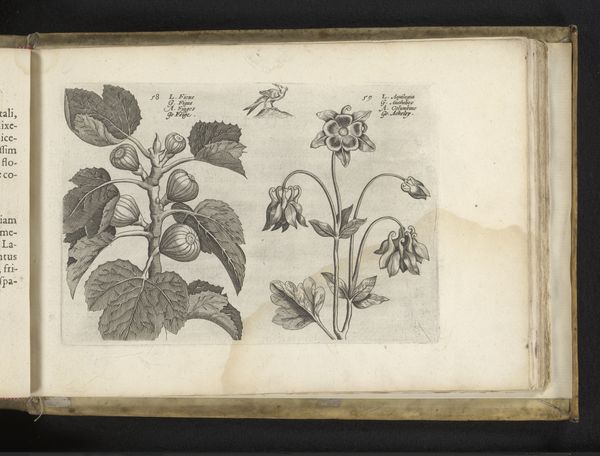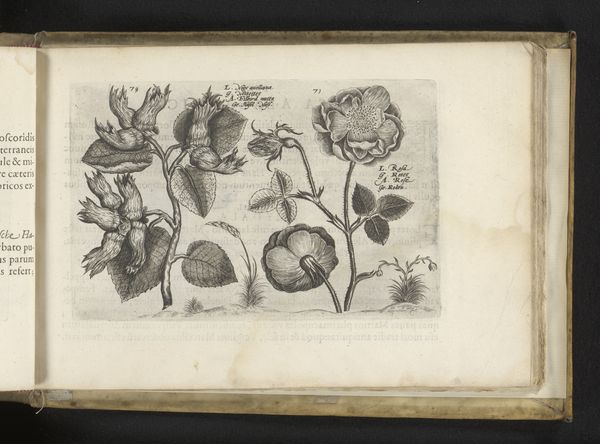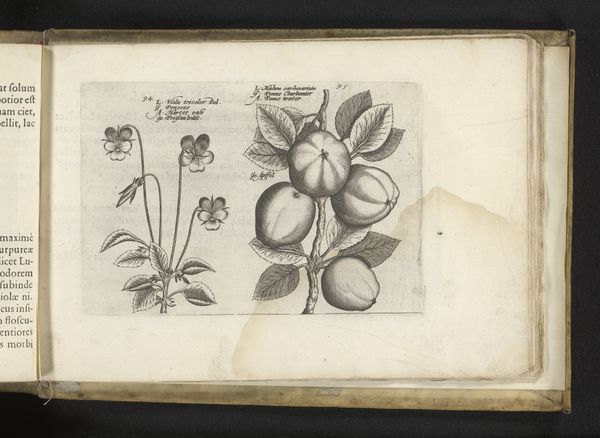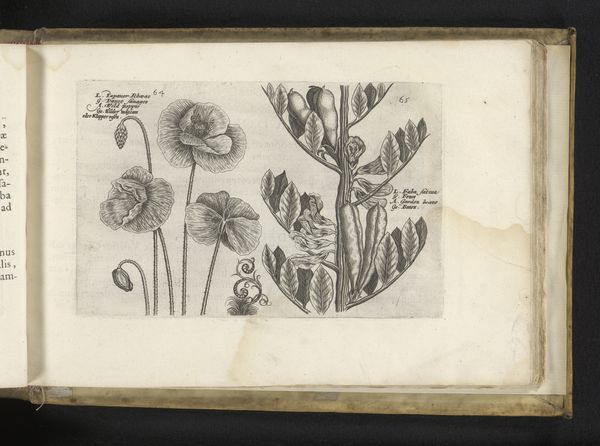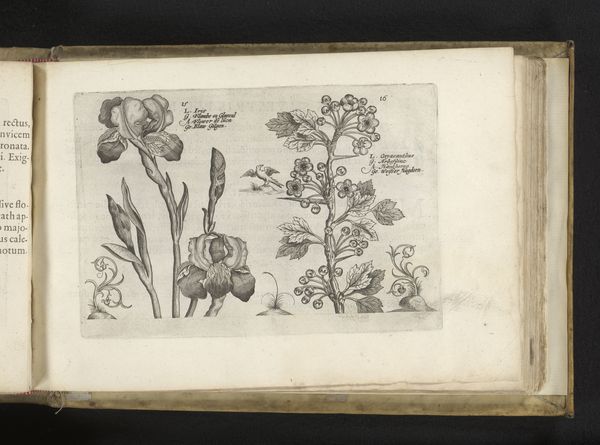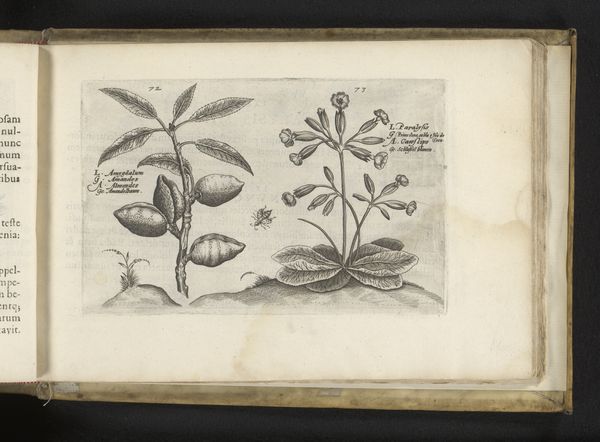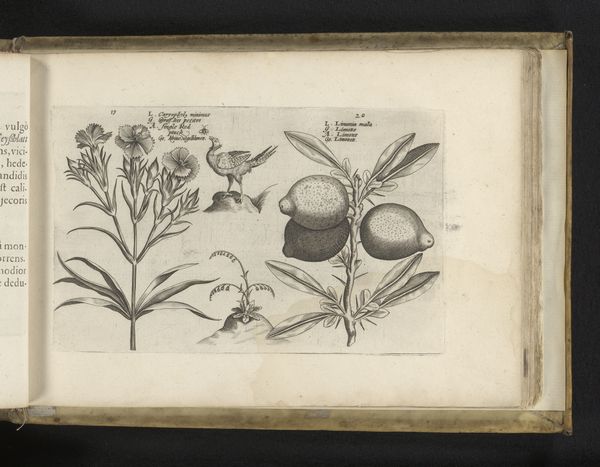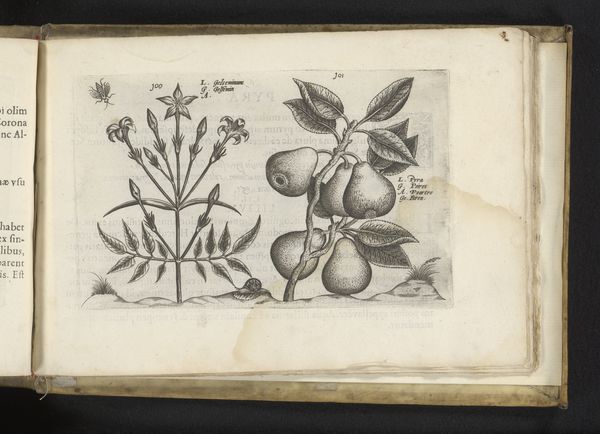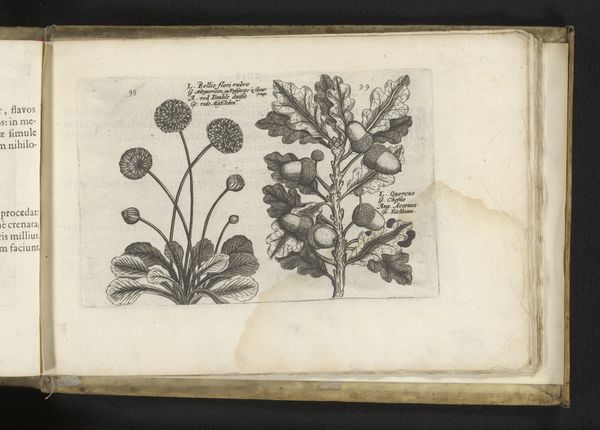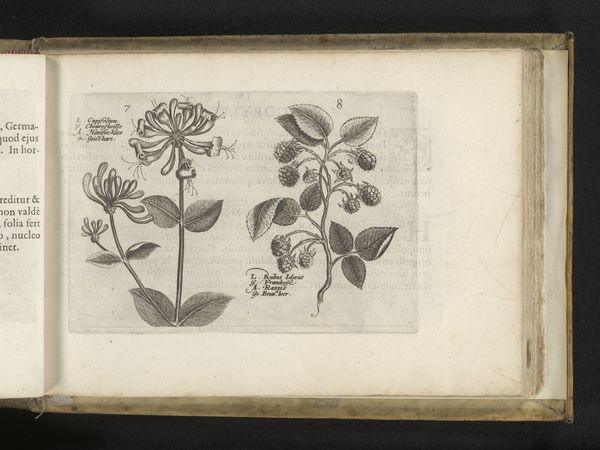
drawing, print, paper, engraving
#
drawing
# print
#
paper
#
northern-renaissance
#
engraving
Dimensions: height 133 mm, width 197 mm
Copyright: Rijks Museum: Open Domain
This engraving of a walnut tree and bindweed was made by Crispijn van de Passe the Younger, likely in the Netherlands, sometime in the first half of the 17th century. At this time, the Dutch Republic was at the height of its Golden Age, a period defined by unprecedented economic growth and cultural flourishing. Botanical illustrations such as this one were not simply scientific; they reflected a deep cultural interest in the natural world. This interest was fueled by the extensive trade networks of the Dutch East India Company, which brought exotic specimens back to Europe for study and display. The print is not just a record of natural forms; it's a product of a society grappling with new global connections. It speaks to the scientific, economic, and artistic conditions that shaped its creation. To truly understand this image, we might consult herbals, trade records, and art market data. The meaning of art is always contingent on its social and institutional context.
Comments
No comments
Be the first to comment and join the conversation on the ultimate creative platform.
